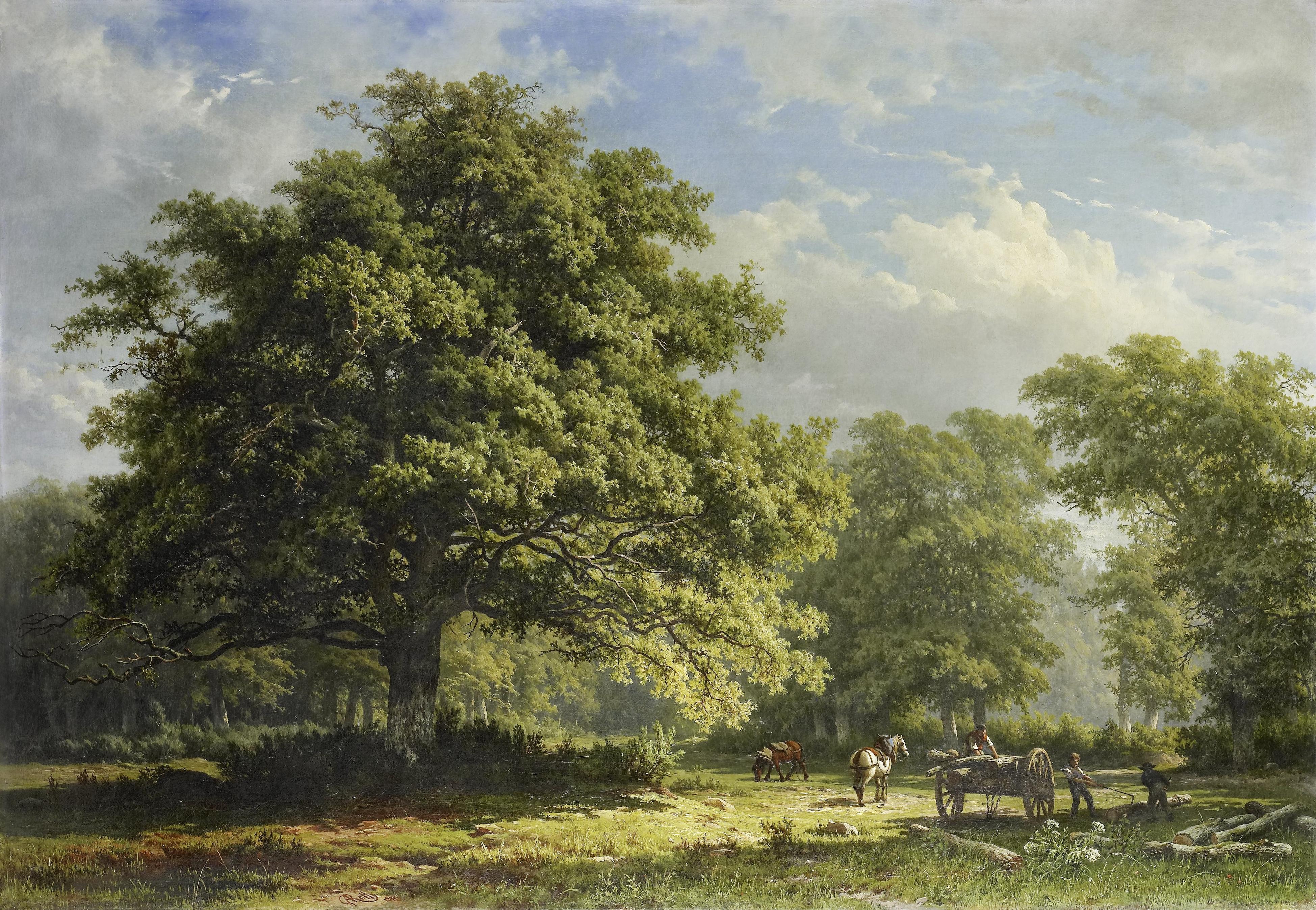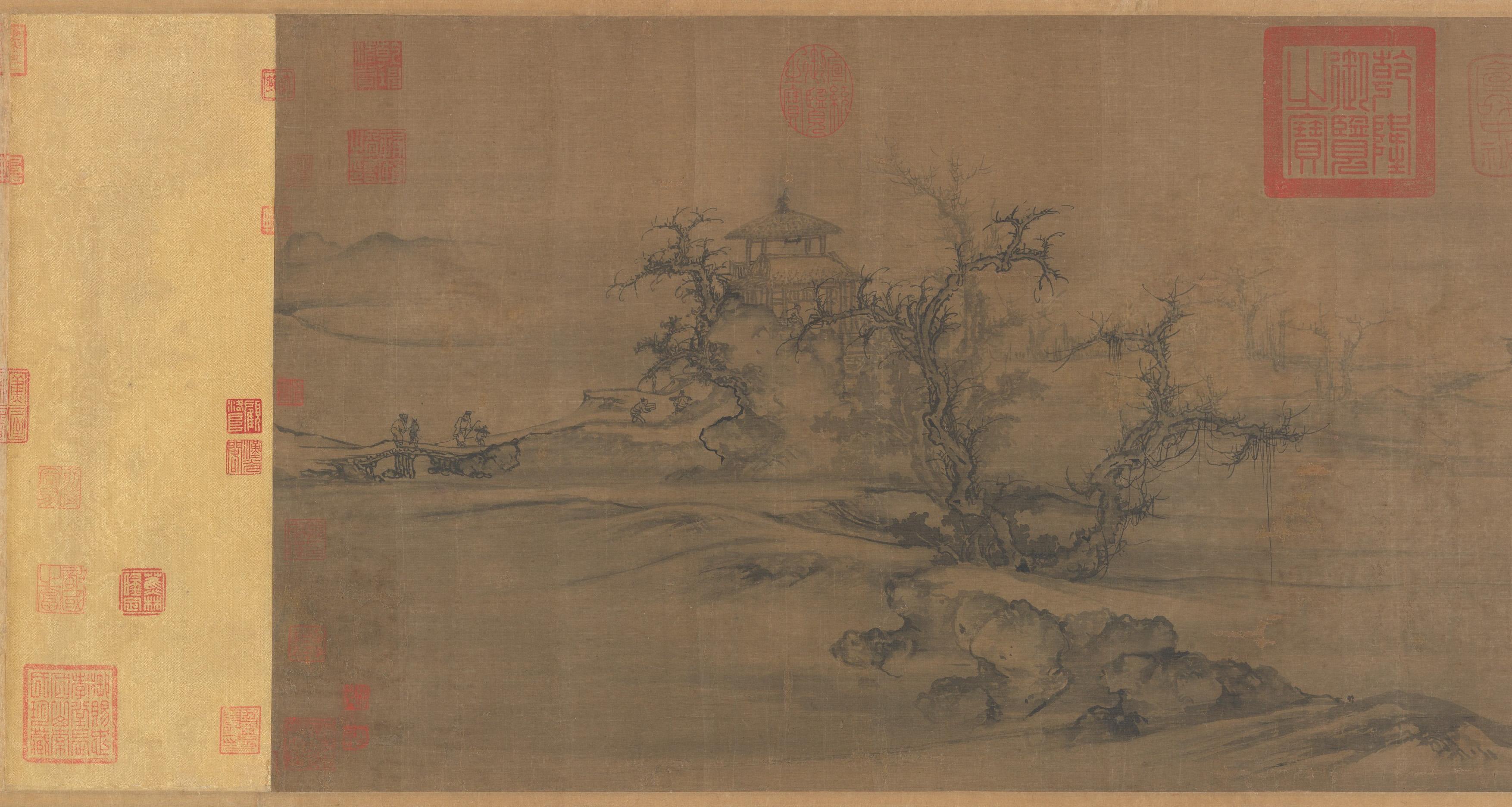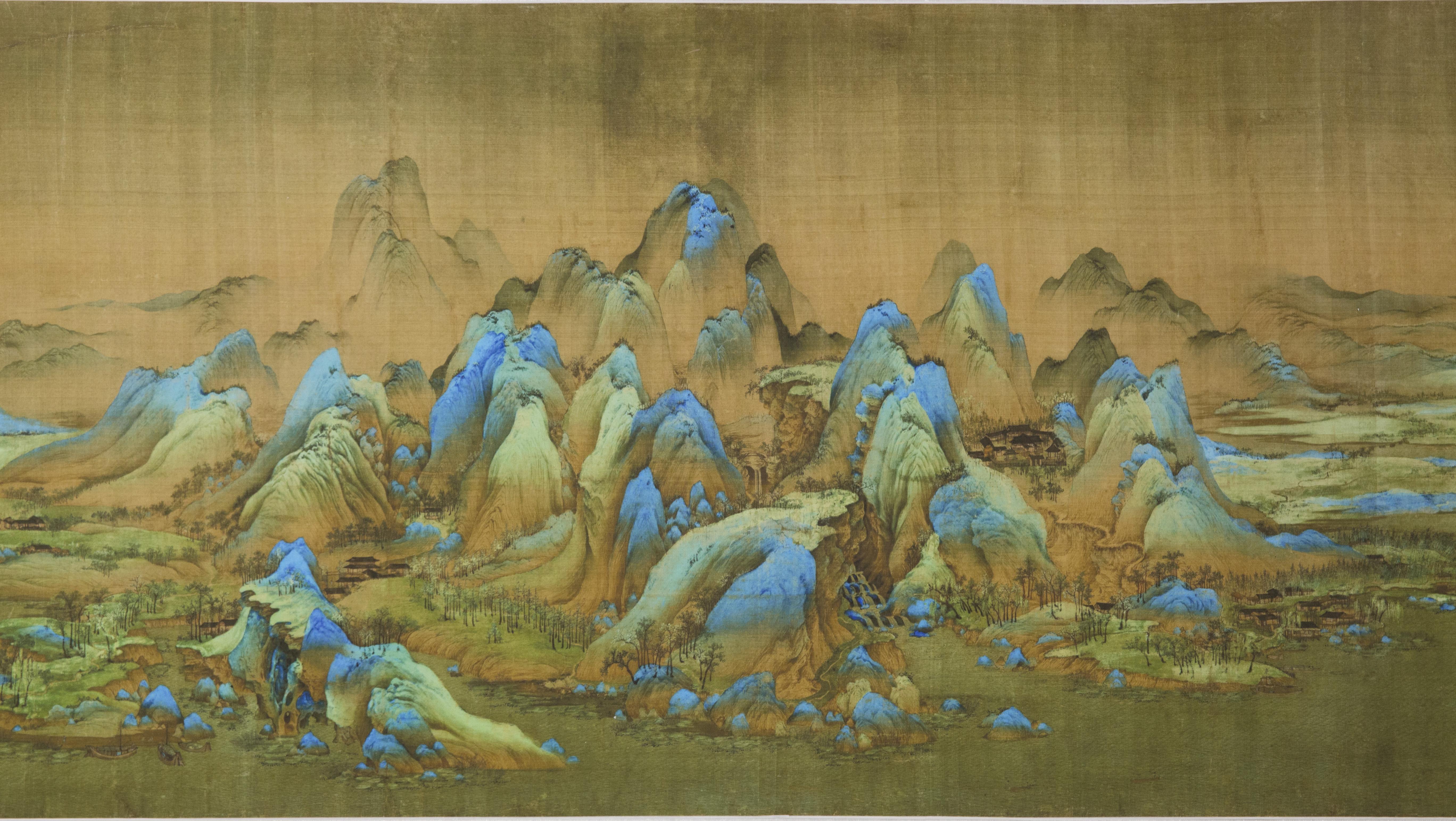Exploring the nuances of Chinese and Western landscape art
Nature has been a source of inspiration for artists from past to present. When comparing traditional Chinese and Western landscape art, we can detect differences in perspective, the use of color, composition, and so forth. The factors that give rise to these artistic traditions are complex, involving different worldviews, philosophies, and aesthetic preferences related to how these artistic cultures have developed. In this episode of "East Meets West," an art documentary produced by CGTN, we examine the nuances of Chinese and Western landscape art.
When it comes to landscape art, Western painters often strive for verisimilitude. They pay much attention to the perspective, proportion, light and shade of the painting in order to achieve a somewhat photographic effect. Chinese landscape paintings, on the other hand, delve more into the imagination. The absence of a focal point urges viewers to shift their gaze from one section of the painting to another. Wang Jia, a research fellow, explains that this moving perspective allows viewers to explore the landscape in the same way as an astronomer would examine a celestial body. "You can choose whatever perspective or angle you wish," says Wang.

The use of color is an essential component of Western landscape painting. Depending on the time of day, the amount of sunlight, and other factors, painters decide whether to use more neutral, vibrant or gloomy colors to paint a landscape. Western artists use color as another tool to render their landscapes exactly how people would see them in the natural world.

However, color tends to be more restrained and subtle in Chinese landscape paintings. Using the same tools as Chinese calligraphy, Chinese artworks are usually created with ink on paper, sometimes being added with a small amount of watercolor. The principles that guide Chinese calligraphy also play a significant role in Chinese landscape art, with artists being extremely conservative in their use of color in order to keep the viewers focused on their works.

That being said, there are some examples of Chinese landscape paintings where rich colors are used lavishly. One illustration of this would be the deeply symbolic "A Panorama of Rivers and Mountains" from the Song Dynasty, about 1,000 years ago.
Two of the favorite colors among Chinese landscape artists were azurite blue and malachite green. These minerals were commonly used in Chinese paintings to evoke a dreamy utopian landscape.
Wang Jia says the "blue and green" mode of landscape paintings can also be found in Western art, such as the mountainous backdrop in Leonardo da Vinci’s "Virgin of the Rock."


The production process of Chinese landscape paintings is rather unique. It differs radically from the Western plein air paintings which are painted outside, from start to finish. Bian Kai, an associate professor in the School of Chinese Painting from the Central Academy of Fine Arts, finds Chinese landscape painting is more like a "tour review." Artists observe and take notes of what they see during their travels, then paint from memory upon returning to their studio. This methodology, as Bian explains, enables artists to depict more than what the naked eye can see.
Different from the Western pursuit of accuracy and precision to create realistic depictions of nature, Chinese landscape paintings are seldom mere representations of the external world. They reflect the artist’s temperament and aspirations, as well as Chinese philosophical thoughts. An Su, assistant curator of the Tsinghua University Art Museum, says the fundamental building blocks of Chinese landscape art are the set of principles and laws that govern the universe, seeking harmony between men and the larger world.
